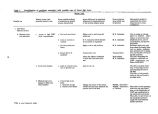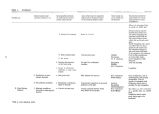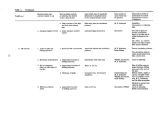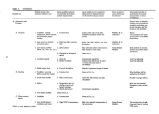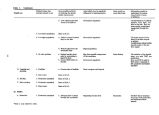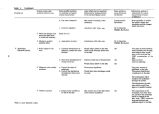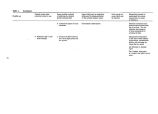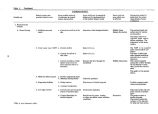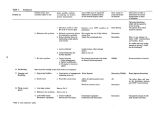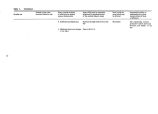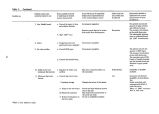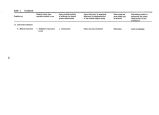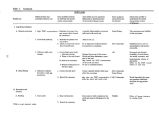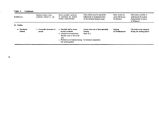| OCR Text |
Show CHAPTER II OVERALL APPROACH ADOPTED System Representative A system is managed in order to accommodate particular uses which are associated with specific goals and objectives of society. For this reason, the first step in evaluating areas where data gathering or research is necessary is to accurately identify the physical system and the potential social uses of the system. George Smeath in his role as planning consultant to the Great Salt Lake Division, formulated general guidelines for the development of a comprehensive plan of the Great Salt Lake System ( Smeath, 1975). Smeath recognized that the development of the comprehensive plan must be based on an understanding of the physical system, the social uses of the system, and the interactions which occur among the uses of the physical system. Smeath divided the comprehensive plan into elements and components as shown in Figure 3. The elements of the plan describe both the physical system and the social uses of the system; namely, the lake brine industries, recreation and tourism, wildlife, and transportation. The components of the plan account for areas where interactions between elements may develop. While the work by Smeath was complete in identifying the social uses of the system and the interactions which must be addressed in formulating the comprehensive plan, it was found that by rearranging the boxes, it was easier to portray the interactions which occur among uses of the system and to discuss the system with regard to research needs. The understanding of a complex system such as Great Salt Lake is greatly aided by decomposing the system into the various levels of what is termed a hierarchical structure ( Haimes and Macko, 1973). The basic outline for a hierarchical structure of the Great Salt Lake system is given inFigure 4. The first layer of the hierarchical structure represents the physical system. The second layer which is broken into two levels represents society's influence on the system. At the first level are the social and economic goals or the uses society wants to make of the lake resources. The second level accounts for the political and decision- making process. The decision- maker ( who may be at the level of the Utah State Government, the State Legislature, a local government, or a federal agency) will need to determine the kind and amount of control measures that should be enacted to achieve specific social use objectives. The system can be further subdivided to any degree which makes it easier to understand. In Figure 5 the physical system was divided into three components; the lake, the near shore, and the lake watershed. The first level of the second layer was divided into specific social use areas following Smeath's outline of the system: 1. Lake brine industries 2. Recreation and tourism 3. Wildlife 4. Transportation An additional box is included at the side of Figure 5 to emphasize the constraints placed on the use of the lake system by society. These include considerations such as abiding with health standards and laws governing water and air pollution. The principal advantage of dividing the system into the multi- level hierarchical structure is that it allows the easy identification of the system components, and thus, the provision of information necessary to understand the entire system. Additionally, the routes of interaction or impact between the various social uses and the physical system are clearly defined. Obviously any action by the decision- maker which requires an alteration of the physical system will create adjustments throughout the system which will produce trade off effects among the social uses of the lake. For this reason the decision- maker ( second layer- second level) must act as a higher level coordinator and account for multiobjective analysis. Trade offs among uses of the system which can be analyzed by the decision- maker through some type of multiobjective analysis are quite common in a system as complex as Great Salt Lake. A prime example of trade offs be- 5 |


















